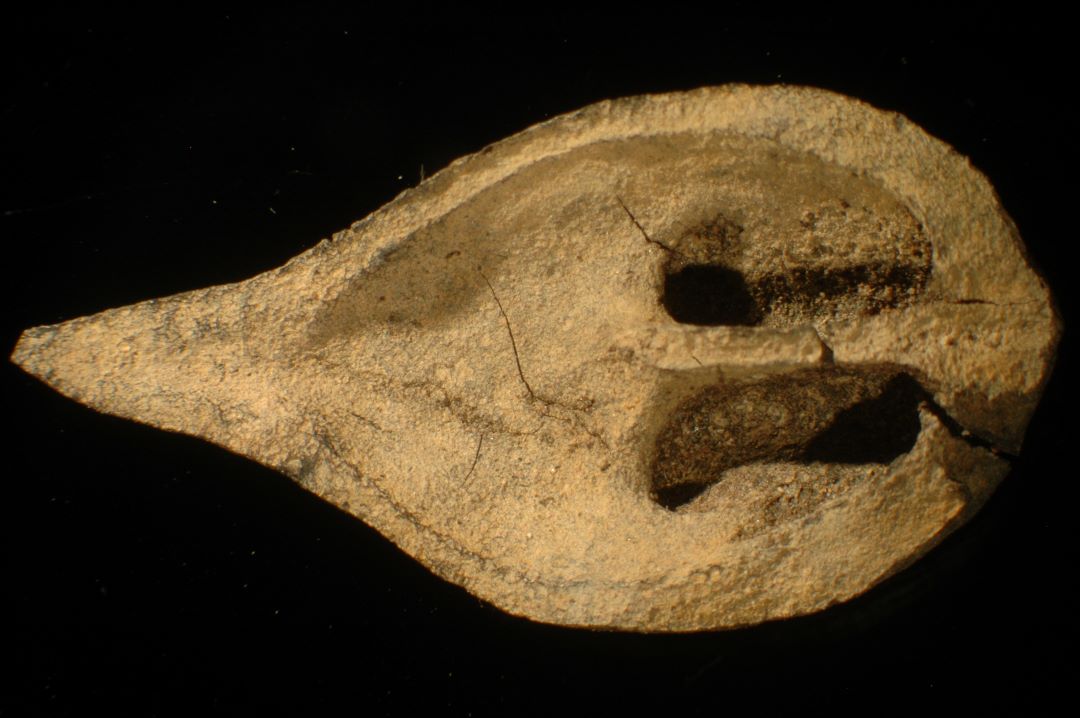
USask researchers part of discovery of three extinct walnuts in Arctic
SASKATOON--An international research project including University of Saskatchewan (USask) experts discovered three new extinct walnut species in an unlikely place – the mummified remains of forests in the Canadian Arctic.
Two USask scientists – Dr. James Basinger (PhD), professor emeritus of geological sciences in USask’s College of Arts and Science and USask alum Robin Wilson – were co-authors on the recent study highlighting the discovery of three new species of extinct, fossilized walnuts in Canada’s far north.
The study was co-authored by Dr. Yusheng (Chris) Liu (PhD) with Indiana University and Dr. Steven Manchester (PhD) with the Florida Museum of Natural History, with Manchester also acting as the lead author. The study has been published in the International Journal of Plant Sciences.
The fossilized walnuts were discovered on the northern Canadian island of Axel Heiberg, which was covered with rainforest 45 million years ago. By using CT technology, Manchester identified the three new species of walnuts.
The fossils gathered and identified from Axel Heiberg in this study help explain where modern walnuts evolved from.
“When you walk into the site, the first thing you notice are these big stumps, a meter or more in diameter, and they’re still rooted in the soil that they grew in. It’s completely out of place. The closest living trees are 3,000 kilometers away,” Basinger said in a Florida Museum of Natural History news release.
Read the original story from the Florida Museum of Natural History.
-30-
For more information contact:
Daniel Hallen
USask Media Relations
daniel.hallen@usask.ca
306-966-6922

